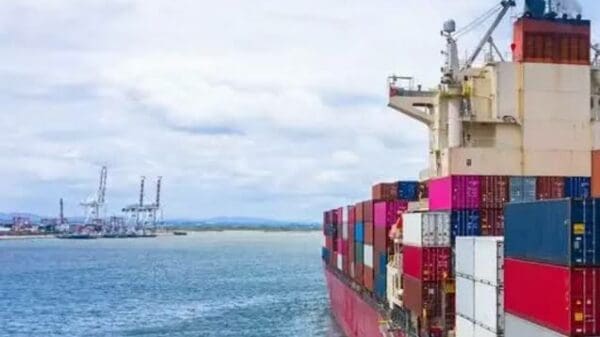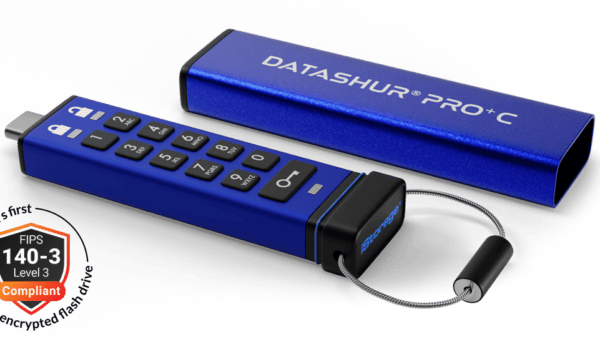The rise of the mobile enterprise means business is literally on the move. Between business travel for meetings and conferences and field service workers and sales professionals who live on the road, traveling is a part of day-to-day life for most organizations. On the surface it seems like a necessary expense, that is what it is – but there are ways to minimize costs and dramatically increase efficiency. Street-level routing is one way to do so.
More than simple GPS
GPS is great. It provides turn-by-turn directions from point A to point B and even recommends the shortest route based on time or mileage. But optimizing field service efficiency is much more than simply picking the shortest path to save time, mileage reimbursement and fuel costs.
Maybe sending field worker A to job site C makes more sense than sending field service worker B – either because worker A is closer to the job site, or because worker A is already finished with the most recent job and has an hour to kill before the next scheduled task. In either of these cases, sophisticated street-level routing programs can identify the solutions that make the most sense according to your company’s objectives.
Reduce incomplete jobs
Planning routes using traditional mapping methods leaves a lot of factors up to chance. For instance, when a job takes longer than expected, every appointment that follows in the same day will start late. With street-level routing, these issues are reduced – when they do occur, logical alternatives can be devised in mere seconds.
Field service workers play an important role in customer satisfaction. Customers who require the assistance of a field technician, for instance, may have malfunctioning equipment or spotty service. In these cases, an incomplete repair can push a customer over the edge from somewhat annoyed to completely irate. Street-level routing enables you to keep field techs on the job until completion, devising alternative solutions to keep the rest of the schedule intact.
Avoid undocumented traffic pitfalls
Standard GPS programs may require software updates to remain accurate in terms of road closings, construction and new routes. Otherwise, even a GPS system can lead a field worker astray and create needless delays.
Street-level routing provides real-time data on closings, accidents and other traffic issues along with accurate travel-time estimates. That means field service workers can navigate around every potential delay for impeccable promptness.
Discover hidden opportunities
Street-level routing with route optimization software often uncovers opportunities that otherwise aren’t obvious to scheduling managers. For instance, one job site may seem like it logically fits into one particular technician’s schedule – but in actuality, it’s easier for another technician to access due to route issues. Where it would have taken one technician an extra 30 minutes of travel time, the second employee can get there in five minutes from the previous job site and complete the task without pushing back subsequent appointments.
These gains may seem insignificant on the surface. A five-minute gain in one worker’s day may not make a major impact on the enterprise today, but promptness and rapid resolution could turn a customer’s day around. Over time, optimizing field service operations adds up to significant savings. The sheer amount of time, fuel and financial resources wasted through non-productive scheduling is astounding.
Route optimization software can both identify obstacles that are hindering productivity and opportunities to increase productivity. Field service technicians, in particular, have unpredictable schedules that can be impacted by any number of variables. By pinpointing inefficient routes and other wasteful practices, field service operations become leaner and more effective. A trickle-down effect leads to happy customers, a slimmer budget, greater employee satisfaction and other benefits.
Kamal Singh is a professional online marketer and founder of www.technologynews24x7.com






















































































































































































